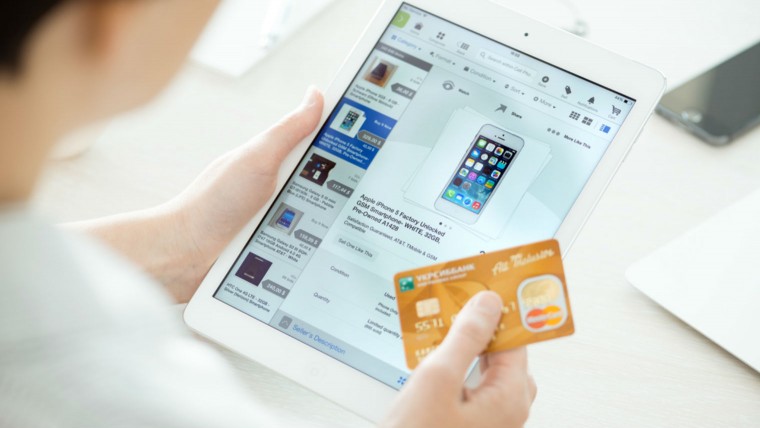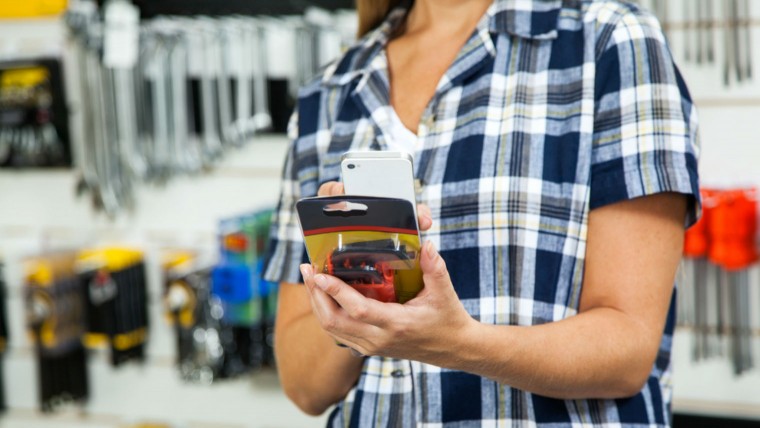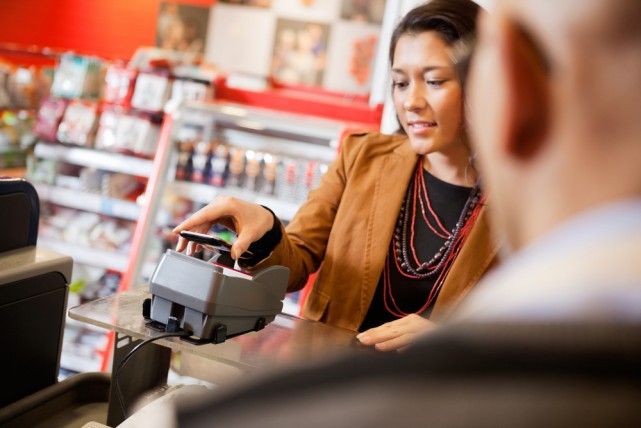CUSTOMER EXPERIENCE
Increasing your chances of earning online is often about removing your customers’ barriers to spending. The internet has always been a price rather than values environment, but recent issues over trust and the online user/customer experience mean it’s no longer enough to offer the lowest prices in town. Around a third of all baskets are abandoned at the checkout, according to research from the UK’s online retail association IMRG, with up to 77 per cent of online shoppers reaching the checkout of a retail website only to leave the site before completing the purchase, in the past year.
The estimated annual loss of revenue reached £6 billion in 2013, with unexpected and too high delivery costs the main reason cited by 53 per cent of consumers. Out of stock was cited by 21 per cent, limited information by 12 per cent, and security concerns, limited payment options and unclear returns policies by 8 per cent.
“This underlines the importance of a completely transparent user experience online,” says Tina Spooner, chief information officer at IMRG. She references one industry leader – John Lewis – which has a seamlessly integrated experience from store to online. Trust is high and online shopping drives in-store footfall – 70 per cent of click-and-collect customers buy an additional item when picking up goods in-store.
It’s not just the charges, it’s the admin that alienates, argues Joe Leech, user experience director at cxpartners and author of Psychology for Designers. “Filling out forms on websites is boring and difficult,” he says. “Designers go crazy with all sorts of whizzy tricks. Instead we should understand how users expect to do things and make it easier for them to complete a transaction. If a field is optional, just say it’s optional rather than dotting with confusing asterisks and error messages. Humans like to take the easy way, so make sure your site is easy to use by testing it.”
POP-UP, POP IN, PROFIT
“If you look at the high street; if you look at almost any way of doing business in the UK since Tim Berners Lee invented the internet, you see the same pattern emerging,” says Tim Greenhalgh, chairman and chief creative officer at Fitch, a design firm specialising in multichannel. “It goes from simple to splintered to seamless. Simple: you went to the shop and paid for the stuff. Splintered: brands and retailers struggled to understand the changing digital world. Seamless: this is the key to understand success in the future. The customer wants what we call an expansive signature – a combination of physical, digital and human.”
Engage customers with a sensory element – shops with food and drink, entertainment, somewhere you can interact with them – then have digital transactions for the actual purchasing
Certainly the numbers suggest multichannel is better placed to monetise. Some 77 per cent of high street/multichannel retailers offer international delivery, while this dropped to 67 per cent for the online-only/catalogue merchants, according to IMRG research in October 2013. Also, 73 per cent of multichannel retailers have a mobile-optimised website compared with 57 per cent of online-only retailers. According to the Centre for Retail Research, online retail sales made via mobiles in the UK will rise by 62 per cent in 2014 to £7.92 billion, equivalent to 17.6 per cent of UK online retail sales. Sales using tablets will grow by 100 per cent to £3.10 billion and smartphone retailing is expected to increase by 44.3 per cent to £4.82 billion. Clearly the future isn’t just multichannel – it’s omnichannel.
Alison Cork, founder of pure-play online retailers alisonathome.com and oneregentplace.com, agrees. After two years’ trading luxury homeware online only, she’s opened her first pop-up at House of Fraser’s Oxford Street store. “The future for everyone is going to involve some sort of 3D experience in the real world,” she says. “Engage customers with a sensory element – shops with food and drink, entertainment, somewhere you can interact with them – then have digital transactions for the actual purchasing.”
POINT OF SALE
Retailers are already digitising traditional retail business processes, sending a digital receipt to a customer’s mobile phone instead of printing out a paper receipt, for instance. “These receipts are still a chronological list; items appear in the order they were scanned or placed in the checkout basket online,” says Mr Greenhalgh at Fitch. “We need cross-channel solutions to meet real customer needs. Ideally your receipt will appear on your phone or laptop with purchases grouped by, say, dairy, meat and household, each one linking to a re-order option. You might have the ability to customise your purchases still further; calories would be an obvious one with food shopping.”
At the same time, point of sale has always been the weakest point in the security of any business, from staff dipping their fingers in the till to sophisticated online attacks on customer credit card details. Online card security fears still deter up to a third of credit card owners from online purchases, according to the Centre for Retail Research. Some believe these new pressures offer an enormous opportunity.
“I think we’ll move to a point in the future where information needs to be encrypted in transit and encrypted at rest,” says Andy Schmidt, research director at member-based advisory company CEB. “At the moment it’s mainly banks that underpin identity management and fraud protection for the entire payments industry, and they’re going to resist that expense if they’re expected to do so for countless new players who don’t want to pay them for the service. The liability is huge; the upside decreasing. I’d see a third party – private sector, but with a regulator-government partnership – fulfilling that role.”
Social networks might offer one solution. The digital charge card Affirm, launched by PayPal co-founder Max Levchin, offers a “digital tab”, authenticating consumers with Facebook and other social and data signals to assess risk.
CUSTOMER DATA
“At the moment retailers know when a customer’s visit has ended if they pay on the way out,” says Gareth Mackown, mobile lead at IBM, who works with shop chains on in-store technology. “Increasingly, however, customers are leaving stores simply because the till queue is too long or because it’s the wrong time of day.” Online retailer Ms Cork agrees. “Analytics tell us not just what customers buy, but when,” she says. “That means we can target offers as they sofa surf with their tablet.”
Data is obviously a friend to business. Startups, such as Connect.Me, TrustCloud, TrustRank and Legit, are working on systems that correlate reputation data, with Legit aiming to offer a trustworthiness score between zero and 100. Quick loan company Wonga claims to crunch on average 8,000 pieces of data to get a sense of how trustworthy its applicants are.
But this is just the start. “Monetisation is still an analogue world replicated in digital,” says John Davison, vice president at researchers Gartner. “What’s coming soon is the digitalised world when the internet of things overlaps with CRM [customer relationship management] and PoS [point-of-sale] software. It can connect store security cameras with in-store offers – you can literally see when someone is thirsty and ping them a discounted drink.
“Or you’ll have sensors on a house that can tell when paint is wearing out – it might be in a light fitting or security cameras. Then the house can place an order for the right shade of paint. The customer knows all this is happening, but it means data provision is going to have to get way more sophisticated.”
The upside? It’ll be easy to add banking or insurance to your customer offer. The downside? Gartner see this rise correlating with trends such as 3D printing to turn customers into direct competitors with stores and online businesses. Just when you thought you’d got a grip on things.
CUSTOMER EXPERIENCE

POP-UP, POP IN, PROFIT



